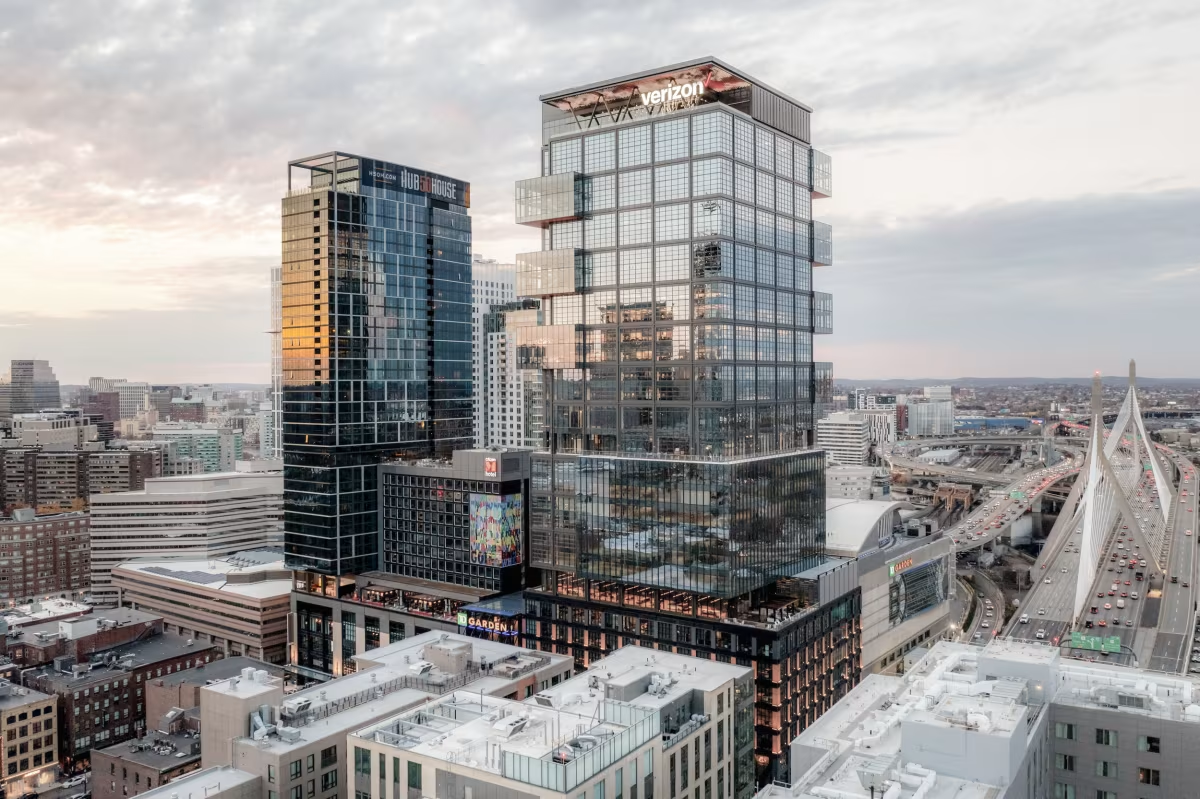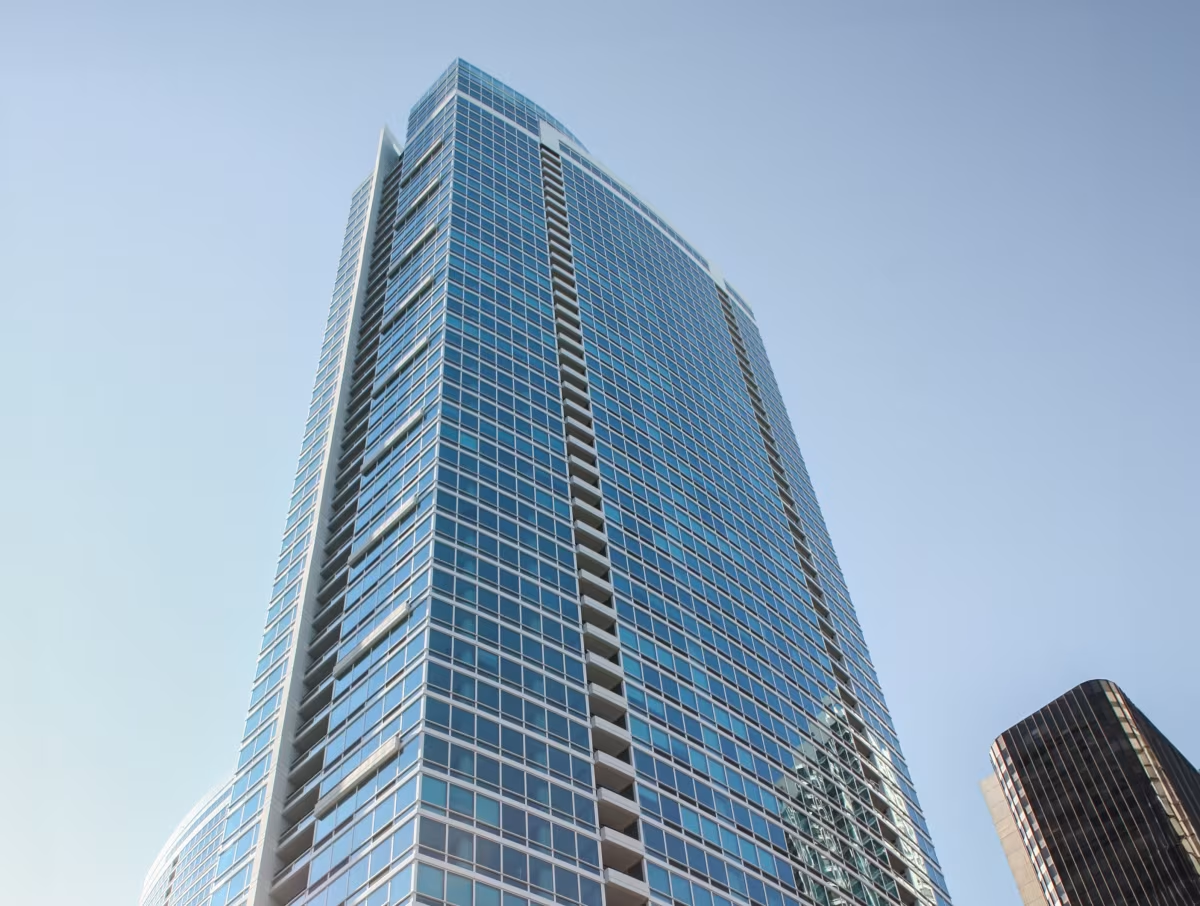The Hub on Causeway Residential Tower vs Atwater Apartments Building


Comparing the The Hub on Causeway Residential Tower and the Atwater Apartments Building is compelling because they were both designed by Solomon Cordwell Buenz, yet they stand in different cities (Boston, MA and Chicago, IL), and were completed a decade apart.
What this will allow us to see, is how the same firm's approach adapted to different places at roughly the same time (10 years isn't that much time when it comes to urban context and architecture).
Height & Size
The Atwater Apartments Building is clearly the larger tower of the two, both in terms of height and number of floors. It rises to 554ft (169m) with 53 floors above ground, while the The Hub on Causeway Residential Tower reaches 495ft (151m) with 38 floors above ground.
Of course, each project may have faced different briefs or regulatory constraints, which we don't really know about and could also explain the outcome.
Architectural Style
Both the The Hub on Causeway Residential Tower and the Atwater Apartments Building were designed in line with the aesthetic conventions of the Contemporary style.
At the time, this style was at the height of its popularity. So Solomon Cordwell Buenz followed what was in many ways expected at the time, producing designs that fit comfortably within contemporary architectural norms rather, than breaking with convention.
Uses
Both the The Hub on Causeway Residential Tower and the Atwater Apartments Building were designed to serve as residential towers, and that has remained their main use since their completion, serving similar roles in the urban fabric.
In terms of capacity, the The Hub on Causeway Residential Tower offers 440 apartments, while the Atwater Apartments Building provides 480 units.
Both towers provide significant parking capacity, with The Hub on Causeway Residential Tower offering 500 spaces and the Atwater Apartments Building offering 401.
Structure & Facade
Both the The Hub on Causeway Residential Tower and the Atwater Apartments Building rely on a Frame structural system.
A frame structure uses a grid of columns and beams to carry the building's loads. This frees the walls from structural duties, allowing for flexible floor plans and larger windows.
They also employ the same type of facade, a Curtain Wall facade.
A curtain wall is a non-load-bearing facade hung from the structural frame. It is anchored to floor slabs and transfers only its own weight and wind loads, allowing for sleek, glassy exteriors.
| The Hub on Causeway Residential Tower | Atwater Apartments Building | |
|---|---|---|
| Solomon Cordwell Buenz | Architect | Solomon Cordwell Buenz |
| 2016 | Construction Started | 2007 |
| 2019 | Year Completed | 2009 |
| Contemporary | Architectural Style | Contemporary |
| Residential | Current Use | Residential |
| 38 | Floors Above Ground | 53 |
| 151 m | Height (m) | 169 m |
| 440 | Residential Units | 480 |
| Frame | Structure Type | Frame |
| Concrete | Vertical Structure Material | Concrete |
| Concrete, And Steel | Horizontal Structure Material | Concrete |
| No | Facade Structural? | No |
| Glass, Steel | Main Facade Material | Glass, Concrete |
| Boston Properties, And Delaware North | Developer | Golub & Company |
| Le Messieur | Structural Engineer | CS Associates |
| MA | State | IL |
| Boston | City | Chicago |
| 50 Causeway Street | Address | 355 East Ohio Street |